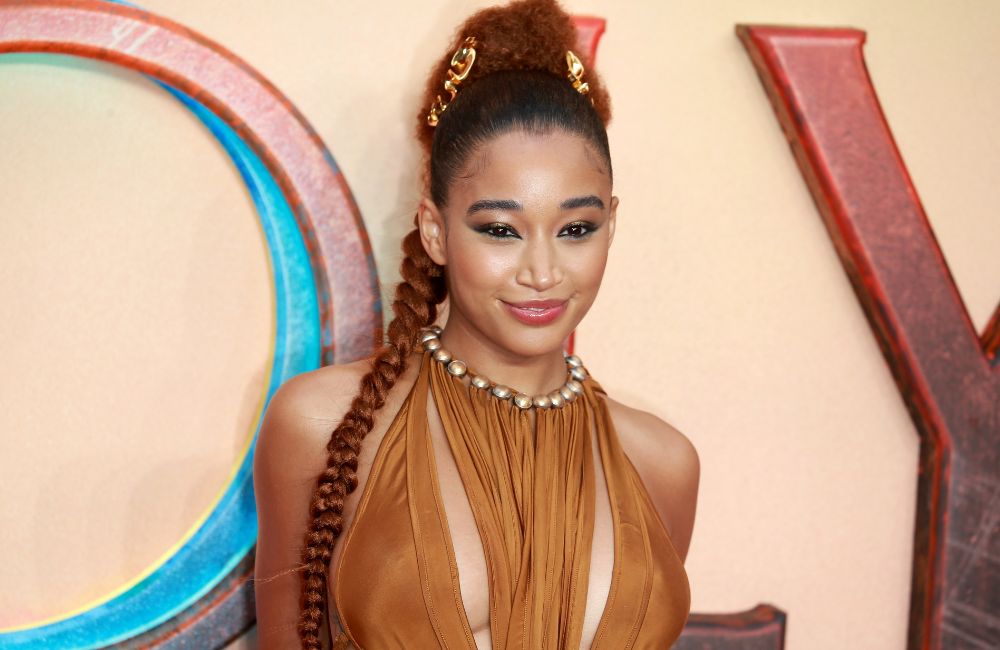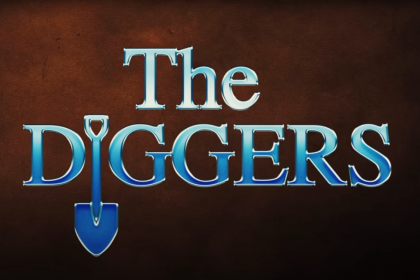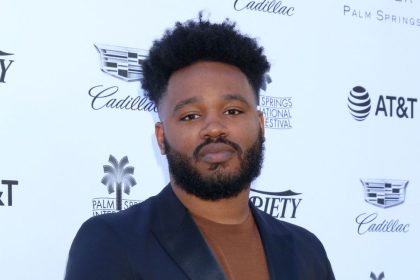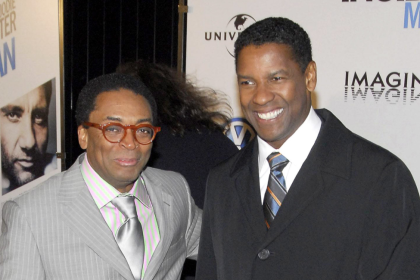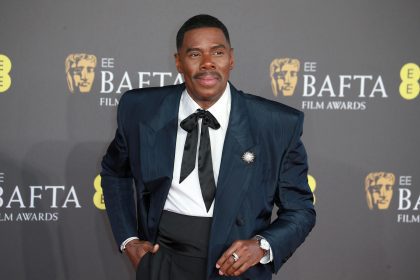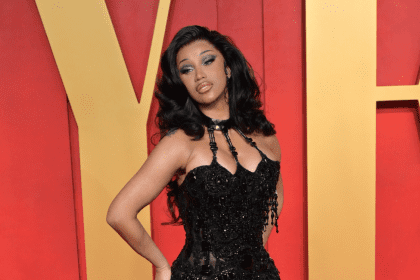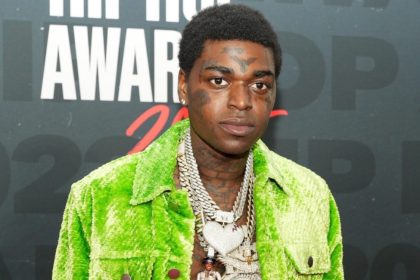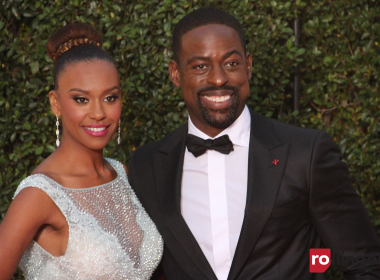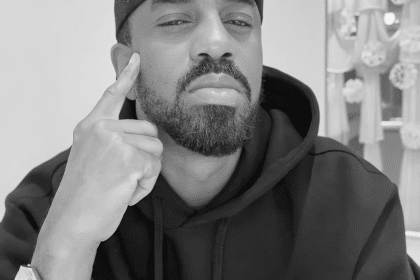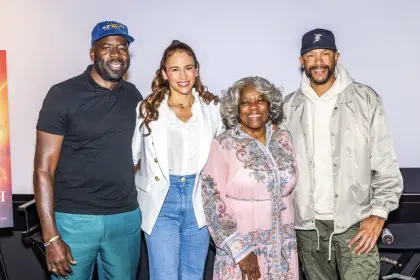At the heart of the upcoming fantasy adaptation Children of Blood and Bone, Amandla Stenberg finds herself navigating complex waters of representation. The actress, cast as Princess Amari, recently addressed mounting concerns over her lighter complexion compared to the character’s described “dark copper skin” in Tomi Adeyemi’s bestselling novel. This discussion emerges at a crucial time when Hollywood faces increased scrutiny over its casting decisions and commitment to authentic representation.
The film, deeply rooted in Yoruba mythology and Nigerian culture, has sparked intense discussions about authenticity and representation in Hollywood adaptations. Stenberg’s casting decision reverberates through social media platforms, where fans debate the delicate balance between talent selection and cultural accuracy. The discourse highlights broader industry challenges in adapting culturally specific narratives while maintaining their integrity and authenticity.
Beyond skin tone
Through a candid TikTok response, Stenberg revealed her personal struggle with recent criticism, including death threats received during her involvement in the Star Wars franchise. The actress emphasized her thoughtful approach to role selection, acknowledging the significance of skin tone representation in the industry while highlighting her commitment to authentic storytelling. Her response underscores the complex relationship between actors and their communities, particularly when navigating roles that intersect with sensitive cultural and racial dynamics.
The conversation surrounding Stenberg’s casting extends beyond individual preference, touching on systemic issues within the entertainment industry. Her experience reflects a broader dialogue about opportunity, representation, and the responsibilities that come with portraying culturally significant characters. The actress’s commitment to mindful career choices demonstrates an understanding of these complexities while advocating for greater diversity in Hollywood.
A destined connection
The narrative takes an unexpected turn with the revelation of Stenberg’s influence on the source material itself. Her groundbreaking role as Rue in The Hunger Games served as inspiration for Adeyemi’s creation of Children of Blood and Bone. This connection adds layers to the ongoing discourse about representation and opportunity in Hollywood, illustrating how early representations can inspire future storytelling and create ripple effects throughout the industry.
Cultural authenticity concerns
The controversy extends beyond individual casting choices to broader questions about Nigerian representation. Critics have voiced concerns regarding the authenticity of accents and cultural portrayals, highlighting the film industry’s responsibility in handling culturally specific narratives. These concerns reflect a growing awareness of the importance of cultural accuracy in mainstream media and the need for comprehensive representation both on and off screen.
The production team faces the challenge of balancing commercial appeal with cultural authenticity, a common dilemma in modern filmmaking. The adaptation of Yoruba mythology presents unique opportunities to showcase Nigerian culture to a global audience while raising questions about the responsibility of filmmakers in preserving cultural integrity.
Star-studded ensemble
The production boasts an impressive cast list featuring Thuso Mbedu as Zelie, Damson Idris as Prince Inan, Tosin Cole as Tzain, Viola Davis as Mama Agba, Cynthia Erivo as Admiral Kaea, Idris Elba as Lekan, Lashana Lynch as Jumoke, and Chiwetel Ejiofor as King Saran. This diverse ensemble brings together established talent and emerging stars, each contributing their unique perspectives to the project.
Moving forward
As Children of Blood and Bone approaches its January 15, 2027 release date, the industry watches closely. The film represents more than just another fantasy adaptation; it stands as a testament to Hollywood’s evolving approach to diversity, representation, and cultural storytelling. The production’s success or failure could influence future decisions regarding cultural adaptations and casting choices in major studio productions.
The ongoing dialogue surrounding Stenberg’s casting illuminates the complex intersection of talent, opportunity, and authentic representation in modern cinema. As the entertainment industry continues to evolve, these conversations shape the future of storytelling and representation in film, potentially setting new standards for how cultural narratives are adapted for global audiences.

